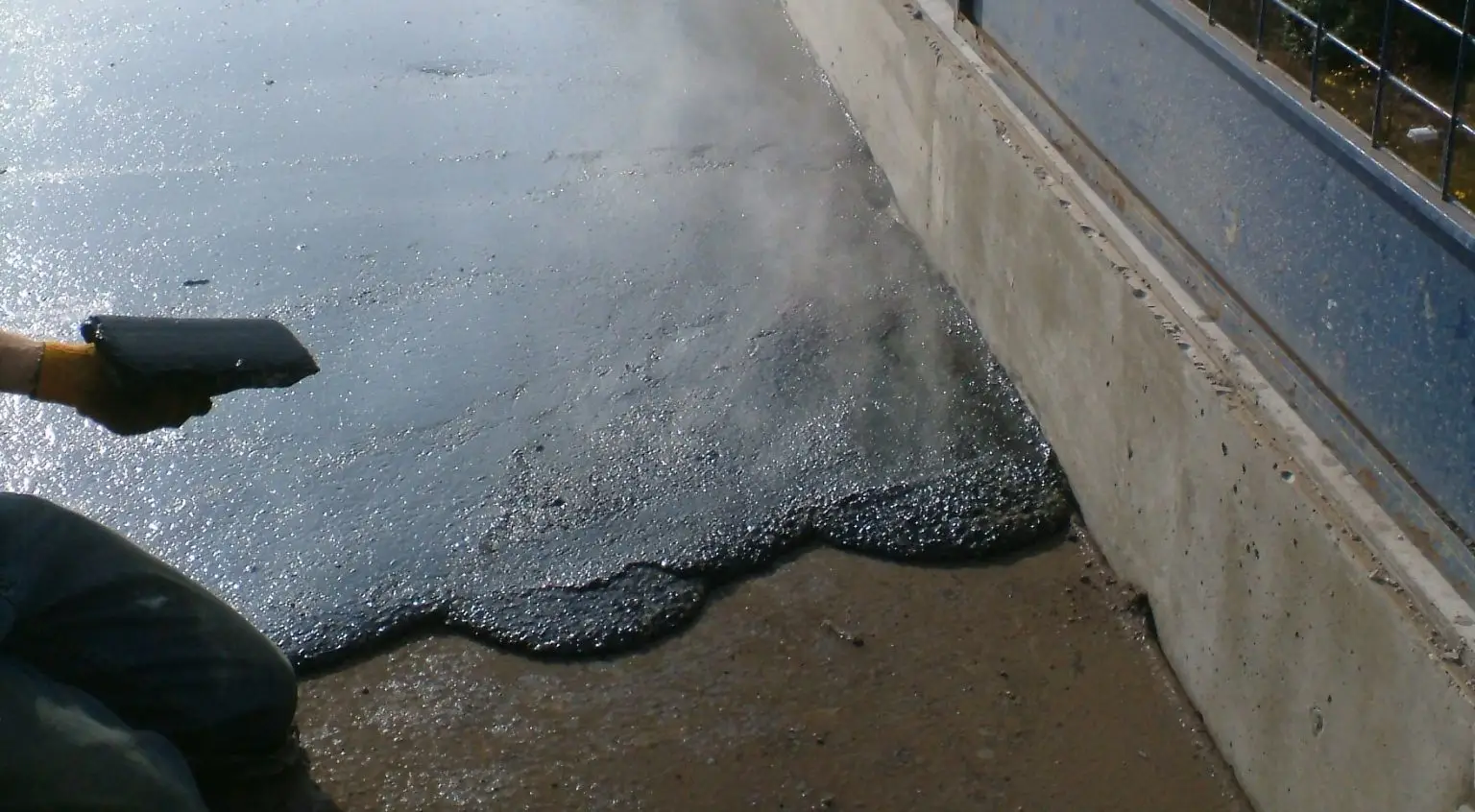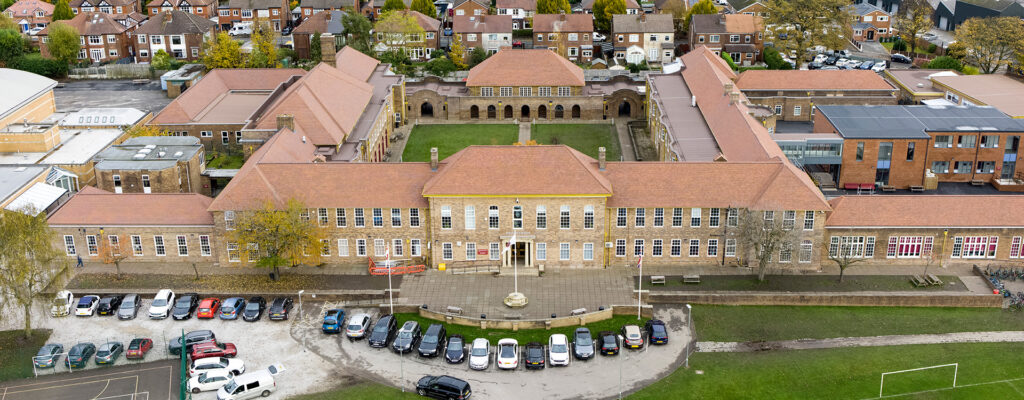Correct specification of screed for roofing, flooring or car park applications may seem like a minute detail, but it can have significant implications on building performance.
Whilst cementitious screeds have been the ‘go to’ solution for many years, mastic asphalt screed is increasingly becoming an appealing alternative for specifiers and contractors in modern construction.
A solid, stable, and level substrate forms the base for subsequent layers of well performing roofing and flooring applications. Although cementitious and mastic asphalt screeds offer high strength, the latter has significant design, installation, and performance benefits.
This blog looks closer at both types of screed and aims to provide specifiers with the information to help select the most appropriate screed system for their project.
What is mastic asphalt screed and cementitious screed?
Mastic asphalt, one of the oldest construction materials, has been used for years because it is a highly durable solution that is impervious to water. Mastic asphalt screeds have similar performance benefits, when compared to cementitious screeds, and are growing in popularity in roofing, car park surfacing, and flooring for balconies and terraces.
Cementitious screed is a specifically formulated mix of cement, sharp sand and water with binder sometimes added. The proportioning and mixing time are crucial to achieving the required strength of the screed.
Wet trade screeds, such as cement and concrete, generally are very slow to cure, typically lasting a minimum of 28 days. On the other hand, there is no curing process for asphalt screeds. They are trafficable when cooled down to ambient temperature, typically within 1 – 2 hours.
To allow fast cooling times, mastic asphalts screeds such as the IKO Permascreed use a unique mastic asphalt formulation. With no water content, it cures fast and can be installed within a relatively tight time window.
The solution can be delivered in blocks, ready to be melted on site if only a small area requires screeding. For large sites, IKO Permascreed is delivered to the site in hot charge vehicles, ready to apply. Once installed, it can be trafficked immediately once it cooled down.
Trafficability is a vital specification factor, especially for time critical projects. It also plays a crucial role where scheduling includes multiple trades. Early access minimises work interruptions, leading to higher efficiency. There are many other performance benefits of both screeds to consider.
What are the benefits of mastic asphalt screed over cementitious screed?
Some benefits are common for both types of solutions. Both kinds of screeds perform well as levelling solutions for uneven flat roofs, help eliminate ponding and can create a wide range of drainage falls (in line with BS 6229:2018).
Both are also compatible with most roof systems and roof coverings and can be used for new and refurbishment projects. The specific benefits can be found below.
Traditional Cementitious Screed (Liquid)
- Slow curing times (minimum of 28 days).
- Can improve sound insulation.
- Can reduce thermal conductivity.
Mastic asphalt screeds such as IKO Permascreed
- Rapid cooling and fast track application.
- Temporary waterproofing helps prevent pooling.
- A wide range of thicknesses, starting from 10mm.
- Can reduce screed thickness and weight.
- No need for compaction.
- No need for AVCL.
- Can reduce the weight of ballasted roofs.
- Easy to apply around protrusions.
- Delivered ready to install.
IKO Permascreed contains up to 30% recycled materials. IKO recognise the carbon emissions and energy use associated with the manufacture of their products.
The mastic asphalt industry collectively achieved the Carbon Zero standard in 2008 and seeks to further reduce the environmental impact of mastic asphalt products by working with schemes like CO2 balance to offset their remaining carbon emissions.
The long-term target is for mastic asphalt and mastic asphalt screed to be a carbon neutral solution.

What applications is mastic asphalt screed suitable for?
IKO Permascreed forms a voidless, water resistant layer. This is ideal for application on floors where it resists groundwater or roofs, terraces and balconies exposed to the elements.
In roof application, the screed layer can be installed under cold, warm, and inverted roof systems regardless of size. IKO Permascreed also does away with the need for an air vapour control layer (AVCL) in most roofing applications, including terraces and balconies.
As the mastic asphalt screed is flexible, it can be applied to form a continuous waterproof covering over sloped or curved surfaces of any size. It can be installed around pipes, water outlets and other projections and in areas with difficult access.
The material is compatible with most substrates, such as concrete, timber and metal. Mastic asphalt offers the benefits of no significant flame spread and no flame penetration and doesn’t require a direct flame to be laid, helping with safety on site.
IKO Permascreed is the solution of choice for the above applications. You can find more information here, or don’t hesitate to contact our experts for more information.



